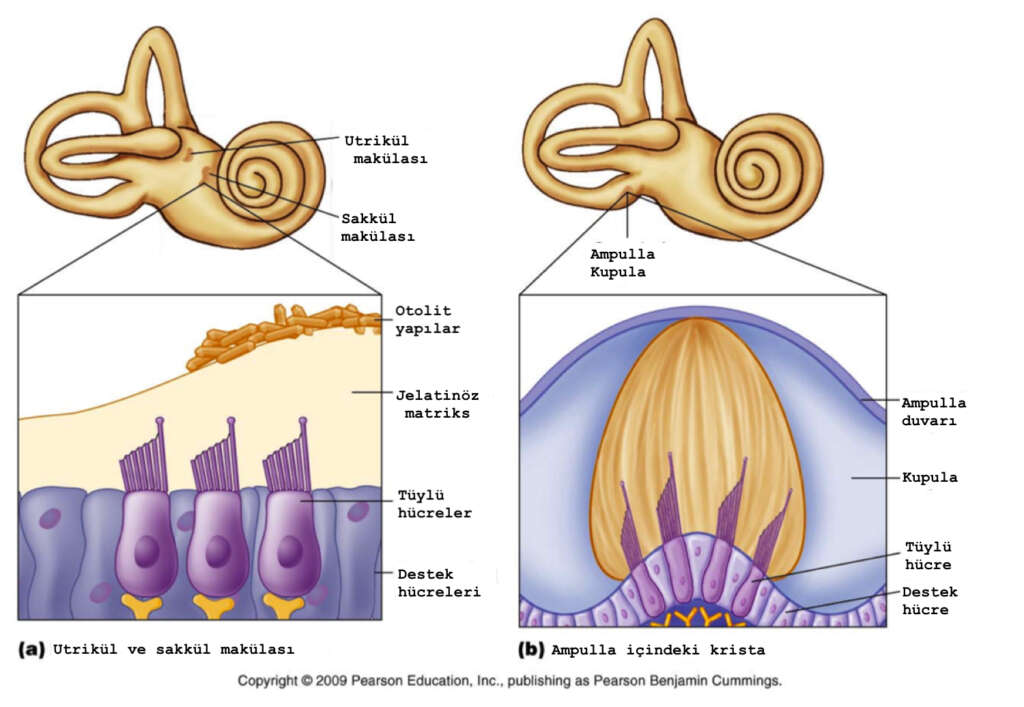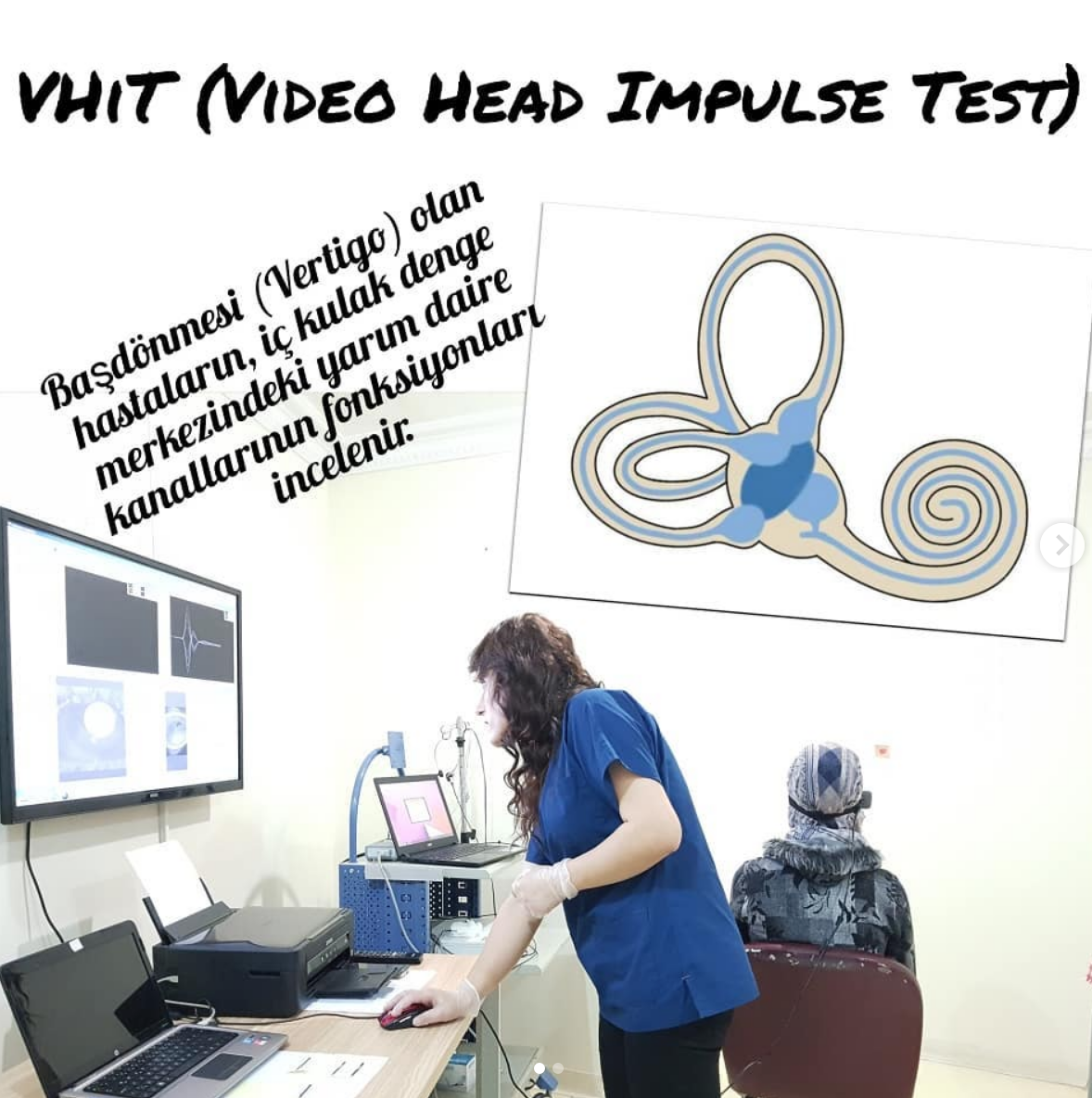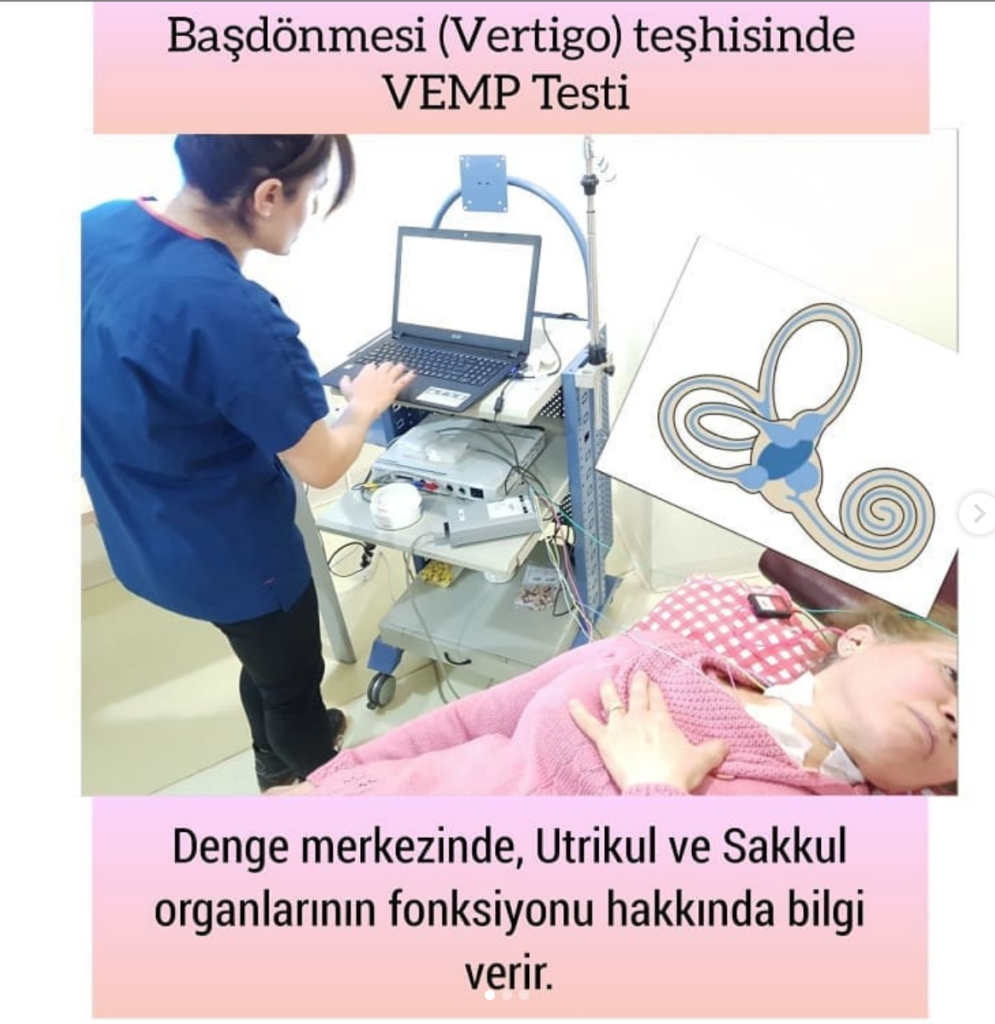WHAT IS VERTIGO?
Vertigo is a common symptom in the community. Patients generally refer to emergency, neurology, internal medicine, neurosurgery departments or family physicians. Tons of examinations are made here for days and no result is reached and the Ear Nose and Throat (ENT) department comes to mind. Patients are directed to the ENT department. The diagnosis cannot be made and the patients wander around the outpatient clinic as a victim. The patient also tries to construct and understand the relationship between dizziness and ENT.
Vertigo, one of the most common complaints in neurology clinics, is often expressed as a symptom that does not have any significant underlying disease and that resolves spontaneously. In fact, the cause of vertigo in these patients is related to the inner ear. So 80% of vertigo is related to the inner ear balance system and 20% is related to neurological, cardiological, psychiatric causes. Most patient groups are lingering in unrelated areas. However, it should be remembered that sometimes it can also point to a very serious neurological disease.
There are some mechanisms that keep our bodies aware of their position in the space and provide balance. The brain, the inner balance of the inner ear, the constant head with warnings from the muscles and joints, and the other parts of the body in relation to each other and in space. When these mechanisms are impaired, balance disorder or dizziness occurs.


Vertigo is a common complaint. However, patients can express very different things as vertigo. Vertigo is a picture that develops when a patient thinks that they are really turning around their own body or circumference. The vertigo that occurs without a sense of rotation in this way is defined as a pseudo-vertigo (dizziness).
Vertigo: Any dizziness problem can be understood if the patient’s balance is stabilized. This can change from violent to impossible to open a patient to a bed, and sometimes only to a slippery feeling. It may even just appear as a blur. The medical language is commonly called vertigo.
How to Provide Equilibrium: Achieving equilibrium is a very complicated and too much organ role that is still not fully solved. Organs and systems that play a role in this are the brain, spinal cord, inner ear (labyrinth), eyes, joints and muscles. Any disease that affects these organs may cause dizziness and other manifestations of that organ. The vertigo, which is a symptom of the role of so many organs, can not be assessed naturally only by a branch specialist. Often it is necessary to examine the ENT and Neurology physicians at first, and also to examine the eye, internal medicine or physical therapy branches.
What Happens Like Complaints: Vertigo is explained differently by each patient. Everything turns, the ground slides under my feet, I slip to the side, my head empties, my eyes are getting dark, and I hear it often. All of them are suddenly called vertigo. There are other symptoms in patients with vertigo, depending on what the cause is. Vertigo, hearing loss, sensation of pressure in the ear, nausea-vomiting, ear discharge and abnormal movements in the eyes (nystagmus) can be detected in the vertigo of ear diseases. In vertigo due to neurological diseases, there may be headaches, numbness, paralysis, abnormalities in eye movements. Other complaints that may be found with dizziness may be very variable. However, many patients have only vertigo.
What Causes Can Be: As mentioned above, vertigo can be due to many organs. However, it is more likely to be mentioned here about vertigo. Any disease in the inner ear can cause vertigo with other ear complaints. But it can only occur in the vertigo. Among the vertigo ear diseases include:
-Inner ear involvement after upper respiratory tract infections.
-Benign Positional Paroxysmal Vertigo (abbreviated as BPPV and disruption of the physiology of some similar substances that provide balance in the inner ear)
-Meniere’s Disease (Changing the chemical conditions of the inner ear lids to increase the pressure)
-Vestibular neurinitis (Inflammation of the nerve that transmits signals related to balance in the inner ear to the brain)
– Spread of chronic otitis media in the inner ear (labyrinth)
-Inenitisation of meningitis or other febrile illnesses
– Tumoral diseases in inner ear or inner ear nerve
More detailed information on the above mentioned inner ear diseases will be given in their respective sections.
What to see on the test: If the vertigo is due to a disease in the inner ear, there is usually no problem in the ear examination. Inflammation in the eardrum and middle ear is seen in the eardrum only if otitis media is affected by middle ear infections. Abnormal eye movements may be detected in the patient. The direction of these eye movements can give some information about which ear is sick. As vertigo is not a visible problem, as much information as possible should be obtained. For this purpose, your doctor will undergo some tests while lying down or even walking.



What Inspections Will Be Made: What tests will be done for vertigo depends on the information obtained at the end of the examination. If it is determined that there is no ear related disease at the end of the examination, your doctor will refer you to other departments. However, some investigations are usually done after the examination if they decide to do so. Among these tests, the most commonly used odiometry is applied, which gives us information about both hearing and inner ear functions. In addition, ear-related normal films, computed tomography or magnetic resonance (MR) examination can be performed. Some blood tests can also be added to these tests. However, even in many ear diseases, even with odiometry, computerized tomography or MR, nothing is seen. Such tests are usually used to exclude more serious problems such as tumors.
How to Treat: Since vertigo itself is not a disease but a symptom of another disease, it is necessary to treat the underlying cause first. However, there are no clear reasons for the many head trauma patients. For this reason, the main purpose is to turn away from vertigo. Vertigo due to ear diseases (except tumors) usually occurs spontaneously short or long. Because the other ear compensates the problem of the patient’s ear over time. This can sometimes be as long as 6 months or 1 year.
If vertigo is a positional vertigo (BPPV), it is treated with some movement called Epley maneuver which your doctor will apply to you on examination. These movements allow some particles in the inner ear to fit. For other reasons it is necessary to use medication. When different medications are used for this purpose, almost all of them reduce certain vertigo. Patients with severe vertigo may need to be stuck in the patient’s bed. Tumor-related vertigo is the treatment of tumor removal. Meniere’s disease, which does not respond to medication, is sometimes performed.
What to Watch Out for: There are some movements that patients with vertigo can do at home to reduce this situation. These will either be described to you by your doctor or you will be informed with leaflets to be given.





